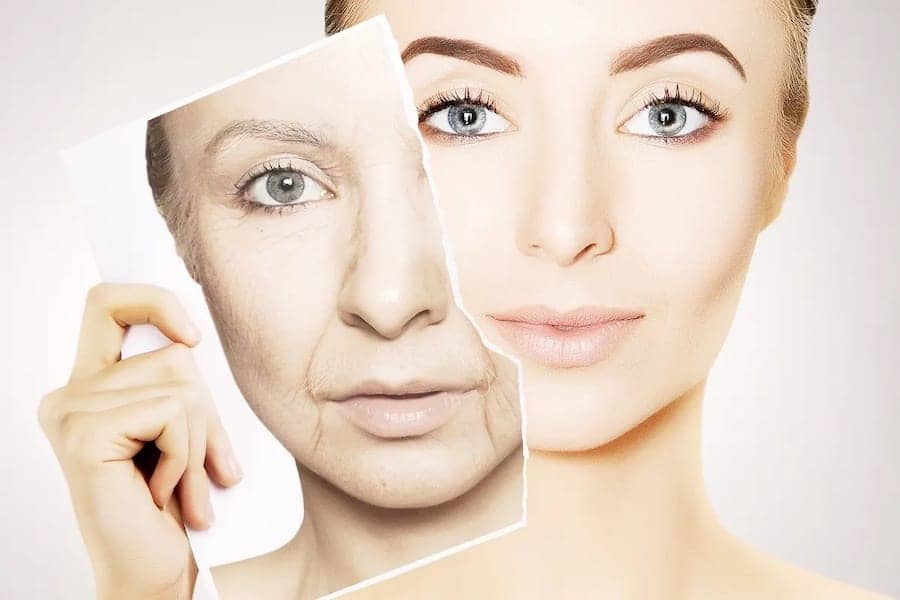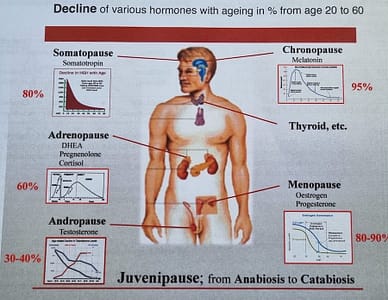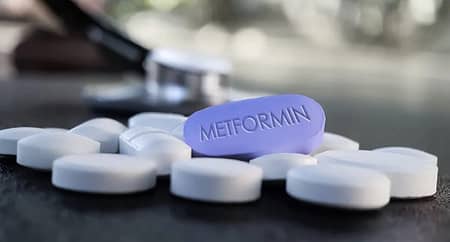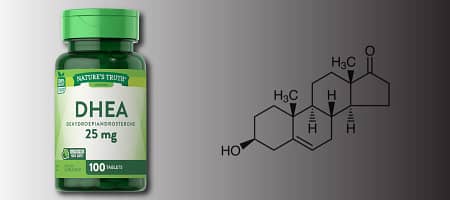At KEY Nutrition we believe in taking all precautions necessary to reduce and slow down the aging process. Whether it be through nutrition, exercise and clean habits or even neutra- and pharmaceuticals, KEY Nutrition endeavours to provide the best and latest cutting-edge information on health and wellness.
Dr H Rensburg is a bariatric physician and hormone specialist who has done extensive research in all areas relation to nutrition and anti-aging. The following information on Rapamycin as an antiaging nutrient has been extensively scientifically researched.
It is strongly advices that you first consult your own medical doctor before applying any of these protocols below.
Dr H. Rensburg
The soil of Easter Island (Chile) in the Pacific Ocean, called Rapa Nui by the indigenous people, contains a unique bacterium. Rapa Nui is the only place on earth where it grows. The organism was discovered in 1964 and is known as Treptomyces Hygroscopicus. Sirolimus, the active ingredient, is commonly called Rapamycin or Sirolimus.
What properties does Rapamycin have?
Rapamycin has potent anti-fungal and other metabolic effects. In addition, due to Rapamycin’s immune- modulating and anti-inflammatory properties, it is mainly used in organ transplants to decrease rejection. Thus the TGA and FDA approved this clinical application.
Geroprotection (Longevity)
A geroprotector is an agent that aims to affect the root cause of ageing and age-related diseases, thus prolonging human, including animal life spans
Exciting research indicated that Rapamycin has longevity effects over all age groups in humans and animals.
Melatonin, Rapamycin, and Metformin are the best anti-ageing (geroprotective) drugs currently available. Thousands of studies back up each of them, and the evidence is convincing. Additionally, they work differently but synergistically. Thus combined, they have even more significant longevity benefits.
What is the mode of action of Rapamycin in longevity? Since Rapamycin demonstrated anti-ageing properties. intensive research followed to determine the mechanisms that promote its geroprotection. The result was the discovery of mTOR
Rapamycin also prolongs the lives of mice, yeast, worms, and flies. Additionally, it prevents age-related conditions in rodents, dogs, nonhuman primates, and humans FDA-approved rapamycin and its analogue, everolimus, have been used safely for decades. First suggested in 2006, Rapamycin has the potential to slow down aging and all age-related diseases in humans, making it an anti-ageing drug
Rapamycin (also known as Sirolimus) extends the maximum life span of one mutant strain of mice nearly threefold.
What is mTOR, and what does it do?
mTOR = mechanistic Target of Rapamycin. (Formerly, it was called mammalian Target of Rapamycin). The subject is vast, and due to lack of space, only a fraction can be discussed here as a brief overview
mTOR regulates cell growth, proliferation, and motility and is critical to cell survival. It also increases ATP (energy) production, creates new mitochondria. and boosts mitochondrial metabolism mTOR also regulates transcription, the initial step in gene expression, and autophagy, a clean-up and recycling. mechanism within our cells, mTOR activation allows us to put on more muscle and increase various hormones, such as IGF-1. Therefore, you may have an overactive mTOR if you are overly muscular
Also, rapamycin has been demonstrated to help people with SLE (Lupus), MS (Multiple Sclerosis). RA (Rheumatoid Arthritis), inflammatory conditions, periodontal disease, glaucoma, obesity, alopecia. hearing loss, Alzheimer’s disease, and cognitive decline.
Youth is an anabolic (building up) process, while ageing is a catabolic (breakdown) process. To compare it with Somatropin (GH: Growth Hormone) in youth, GH levels are very high and then decline with ageing. However, as we age, we still need GH at lower levels. mTOR is about the same. Youth requires high levels, while aging requires lower levels, but we still need enough to stay healthy. (Also refer to the Juvenipause information sheet). mTOR regulates cell growth and plays a crucial role in development and aging, as well as in disorders such as cancer, cardiovascular disease, obesity, and diabetes. The challenge now is to understand the role of mTOR signalling in coordinating and integrating overall body growth.
All advanced prostate cancer patients have overactive mTOR activity.
Ageing and mTOR?
What are the positive results of mTOR inhibition?
Autophagy degrades metabolic waste. However, it only becomes active when mTOR is inhibited. As a result, the body starts cleaning up once the party is over. (We probably party too much, thus ageing faster)
Autophagy is equivalent to a ‘detox’ from a scientific perspective. We must balance between growth and junk products and rest and clean up. Rapamycin works not so much by suppressing mTOR but by promoting autophagy, which prolongs life.
Protocols and treatment options
1. In most cases, Rapamycin, for longevity purposes, is usually not used before the age of forty.
2. Rapamycin is not a standalone treatment for ageing. It needs helpers to be optimised. 3. Rapamycin promotes longevity by inhibiting mTORI. However, it must be tailored to each individual’s needs.
4. Other geroprotective medications, such as metformin and melatonin, should also be considered in treatment plans besides Rapamycin (MRM)
5. Exercise inhibits mTOR in the liver and fat cells but activates it in the brain, muscles, and heart. Research suggests it’s preferable to have mTOR more active in your brain and muscles than in your fat cells and liver. So, exercise is ideal because it does precisely this.
6. Sarcopenia, or the loss of muscle mass, becomes more and more prevalent as a person ages. To stop muscle loss, we must consume more significant amounts of protein, activating the mTOR pathway. In the case of Rapamycin, its primary mechanism of action is autophagy, which promotes longevity.
7. Traditional medicine increases the number of years spent in poor health,
8. Traditional Medicine increases the number of years spent in poor health Conversely, Rapamycin promotes autophagy and slows mTORI activation, thereby slowing the ageing process. As we age, this metabolic process becomes more complex, and Rapamycin improves it, making it a geroprotector (anti-ageing medication). The metabolic process of aging becomes more difficult, and Rapamycin improves it, making it a geroprotector (anti-ageing remedy)
INSERT GRAPH A1
Caution
1. Rapamycin is not a ‘do it yourself job’. A medical practitioner with expertise in this field should assess the patient, direct the treatment, and monitor the patient. Rapamycin is a powerful drug.
2. After your medical assessment, you will be placed on a comprehensive Preventative Health Medical Program. Depending on various factors, it may or may not contain Rapamycin. We do not have a “Rapamycin Program” because we regard it as a ‘cog in the wheel and not stand-alone. A complete program is the only way to optimise your results and health.
3. You also need to understand what “off-label” prescribing means.
4. You additionally need to know about any “out-of-pocket costs.
5. Have some knowledge about your treatment program. What are the possible side effects, for instance?
6. Don’t try and get it on the internet. You have a good chance of being ripped off. Prescription medications must go through the proper legal and ethical procedures.
To summarise
Most folks over 40 should consider taking Metformin, Rapamycin, and Melatonin (MRM) for health and longevity. In the medium to long term, you will be pleased. You will not regret it. As part of a comprehensive health plan, it works.
References:
The humorous to list, but can supply them on request. The are also plenty on PubMed and various other sources on the
Refer also to the Metformin and Juvenpause information sheets
Dr. Hendrik in Rensburg
MA. MB.Bch BAQ (TCD) MRCS (Eng) LRCA ond Faculty Member of the International Hormone Society





